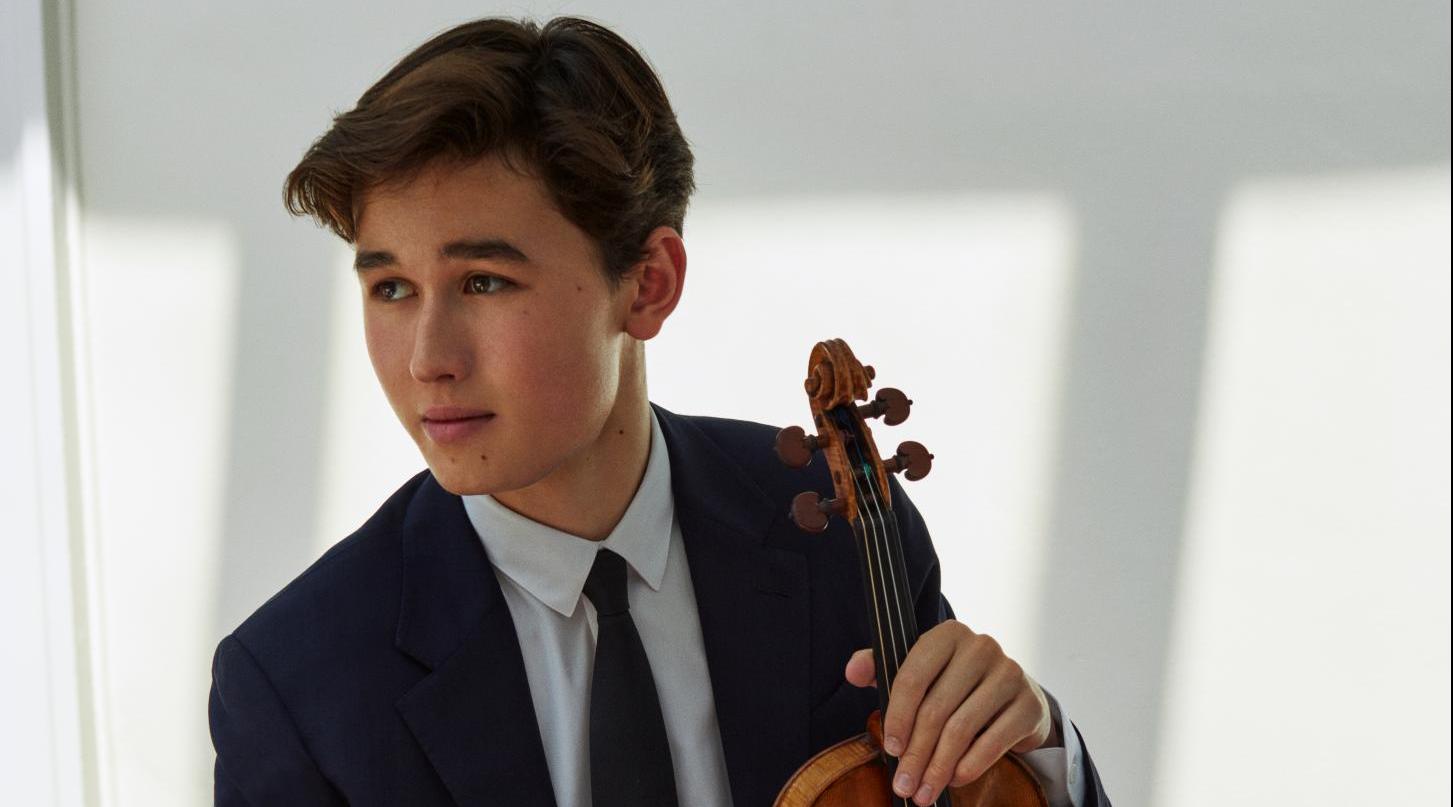Daniel Lozakovich & Mendelssohn - Brahms
21.1.2023 - Symphonic Hour
Felix Mendelssohn, Violin Concerto in E minor, Op. 64
Johannes Brahms, Symphony No. 4 in E minor, Op. 98
22.1.2023
Benjamin Britten, Sinfonia da requiem
Felix Mendelssohn, Violin Concerto in E minor, Op. 64
Johannes Brahms, Symphony No. 4 in E minor, Op. 98
Benjamin Britten sailed across the Atlantic with his life partner Peter Pears in 1939, partly because his pacifist stance in the period just before the Second World War broke out caused problems in his homeland of Great Britain. One of the works Britten wrote during his ‘American period’ was the Sinfonia da Requiem, commissioned by the Japanese government to celebrate the 2600th anniversary of the Japanese Empire being founded. However, Britten’s Sinfonia da Requiem was not accepted by the Japanese – because the titles of the three movements referred to Catholic liturgy and the whole piece was considered too sombre. Today, the Sinfonia da Requiem is known as one of Britten’s best purely orchestral works.
“The Germans have four violin concertos,” claimed the famous violinist Joseph Joachim: “the greatest, most uncompromising is that of Beethoven. Brahms’ is the most serious. The richest, the most seductive, was written by Max Bruch. However, the one that appeals most to the inner self is that of Mendelssohn, the jewel of the heart.” Mendelssohn needed no less than six years to complete his Violin Concerto: it was his final work for large orchestra.
The technical mastery that Brahms displays in his Symphony No. 4 does not come at the expense of emotional eloquence. On the contrary: for anyone who listens to the piece, this symphony is a particularly emotional experience. Together with Ein deutsches Requiem, Symphony No. 4 is rightly regarded as Brahms’ magnus opus. The first movement is epic in character: from the opening motif, a heroic-romantic era emerges in which everything, including the tragic side of life, is incredibly beautiful. The andante, which begins with a horn solo, introduces a more human scale with some beautiful melodies at the heart of the nocturne-like music. After a rousing scherzo, in the finale Brahms looks towards the future. “The end of this movement is an orgy of destruction,” the conductor Felix Weingartner once wrote, “a frightening counterpart to the joy at the end of Beethoven’s Symphony No. 9.”
Michael Schønwandt, conductor
Daniel Lozakovich, violin

